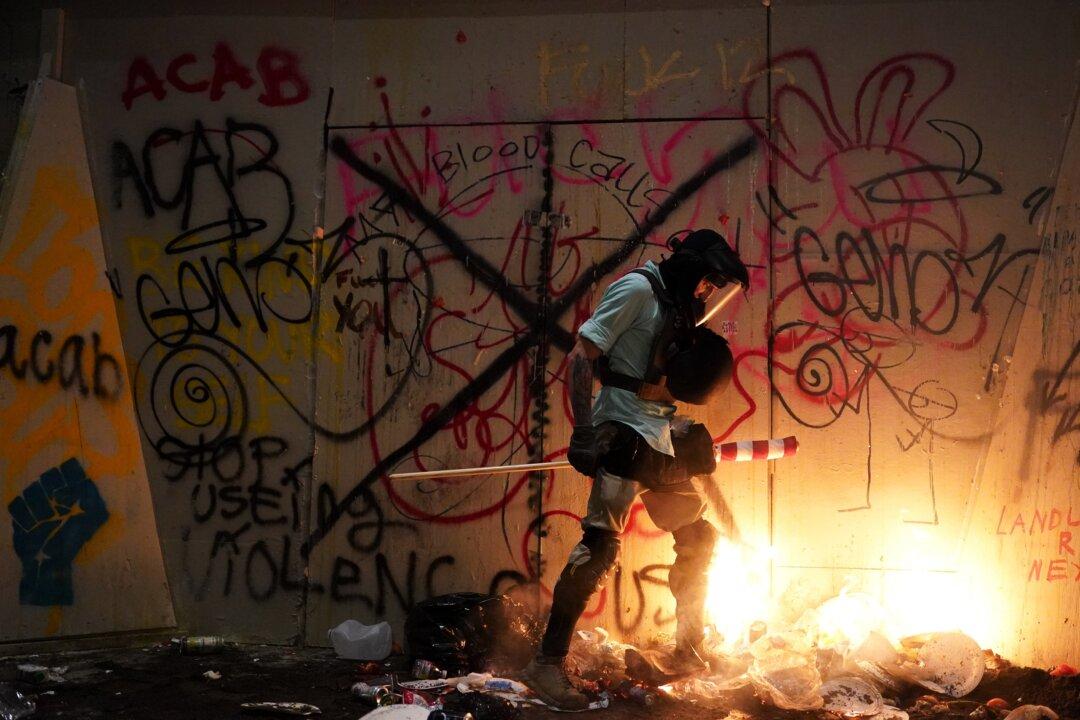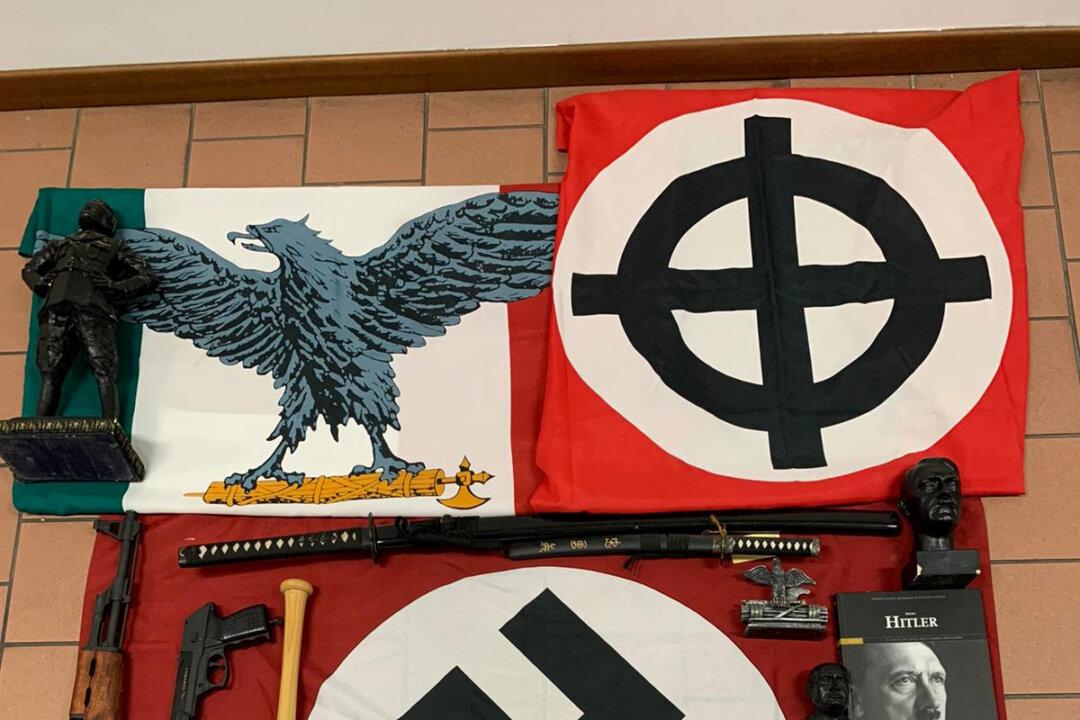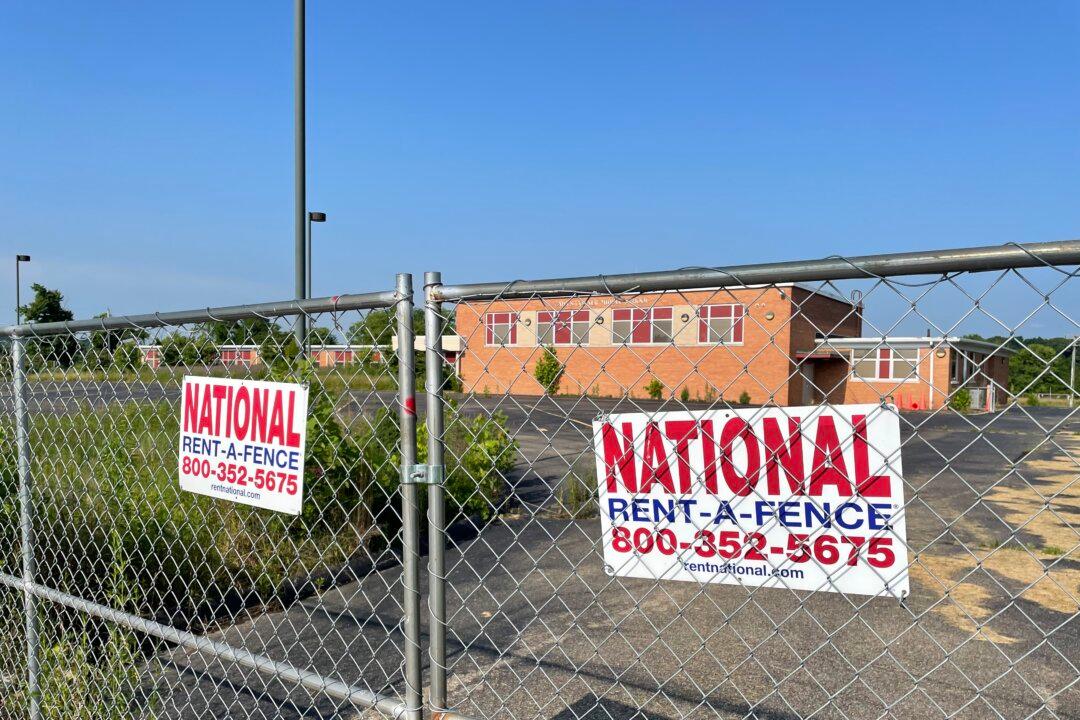Right-wing extremists were responsible for 66 percent of the 110 domestic terrorism plots or attacks committed in 2020, according to data presented to an Oct. 13 congressional hearing—but the study doesn’t include most of the roughly 450 violent protests from that year.
Data on domestic terrorism was presented on Oct. 13 at a House Committee on Veterans’ Affairs hearing on extremist groups recruiting veterans. The hearing is the first in a three-part investigation on what role military veterans might play in such activities.




